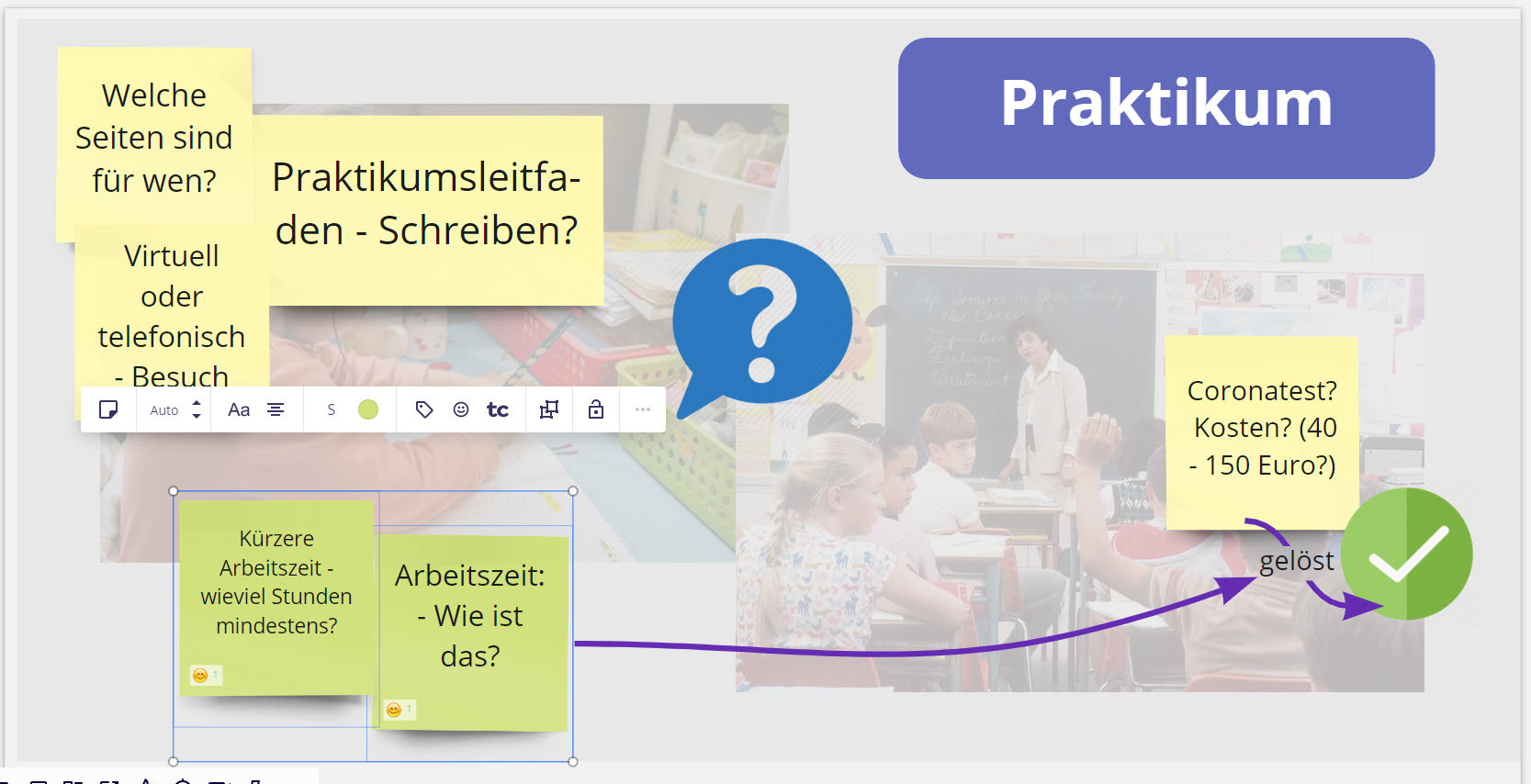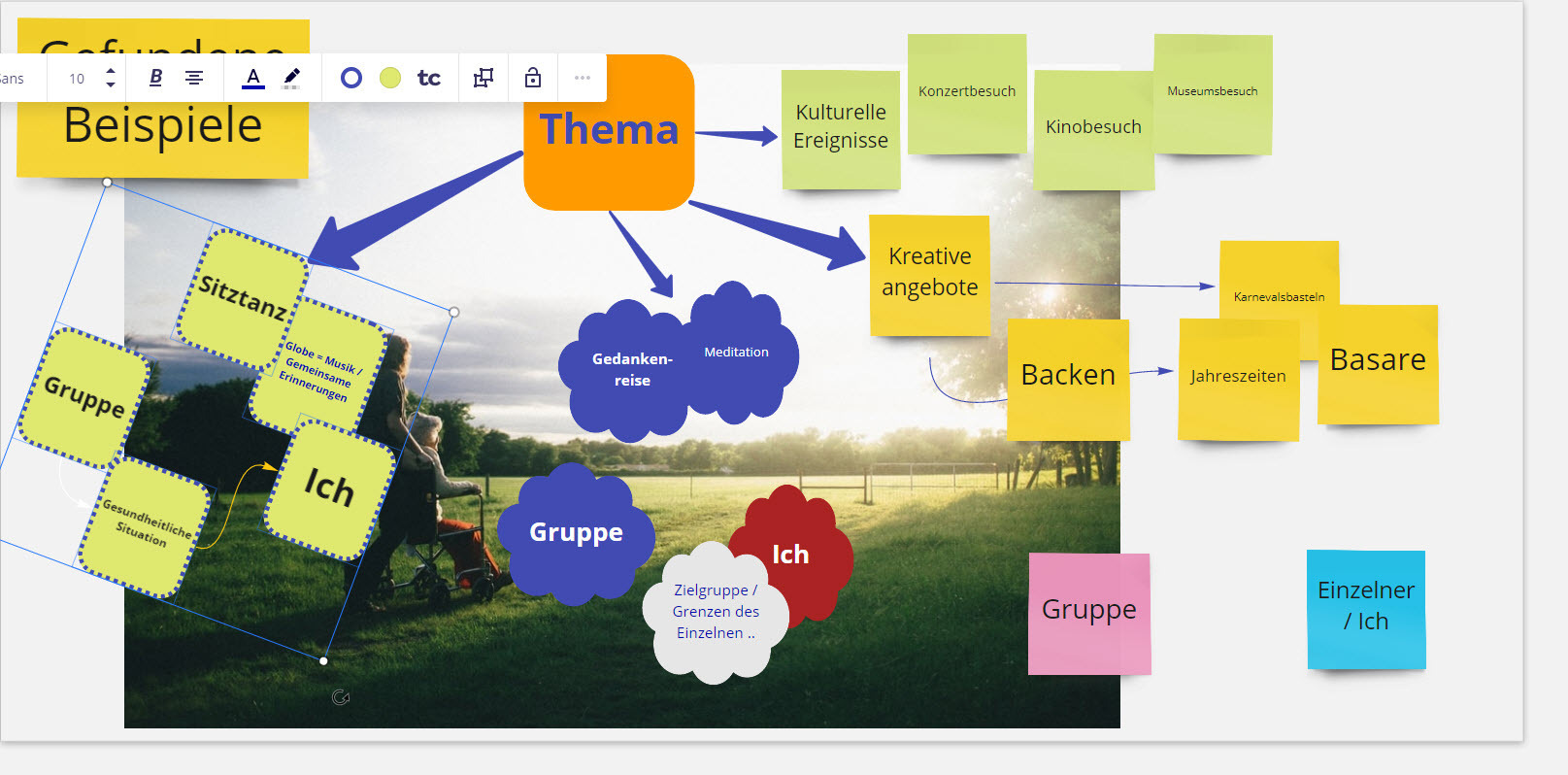I am curious to know if you ever needed to group stickies somehow during the Workshop, why do you need that and how do you do that.
When I am on the workshop with my team and we have some braistorming session we usually sort stikies manually to find some patterns and group them accordingly. Usually the person who wrote the skitie try to find the right group and place the stikie there or create the new group.
Are there any other cases and best practices?






